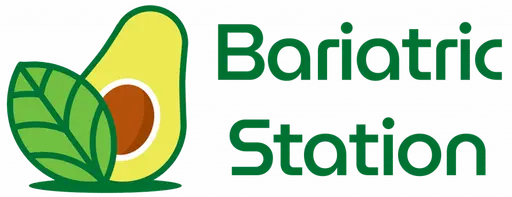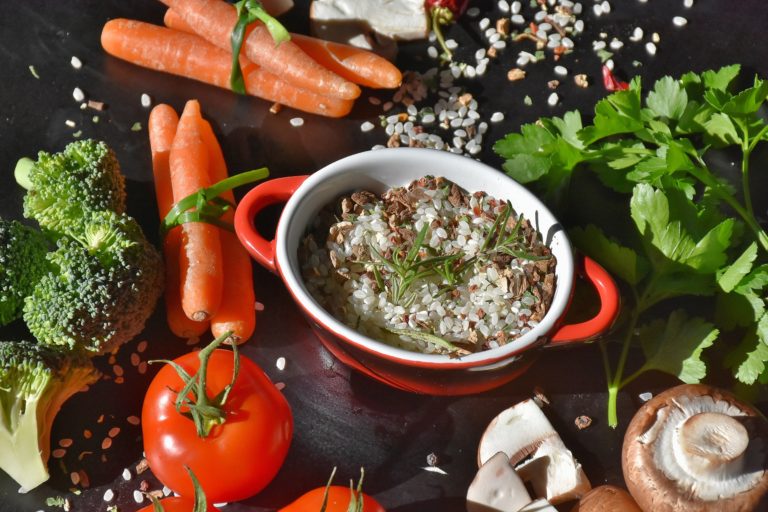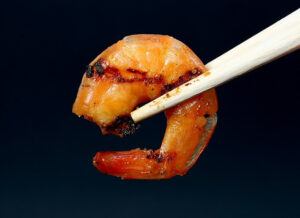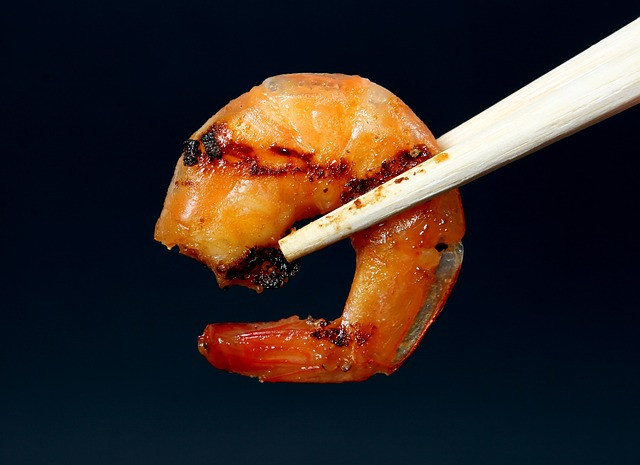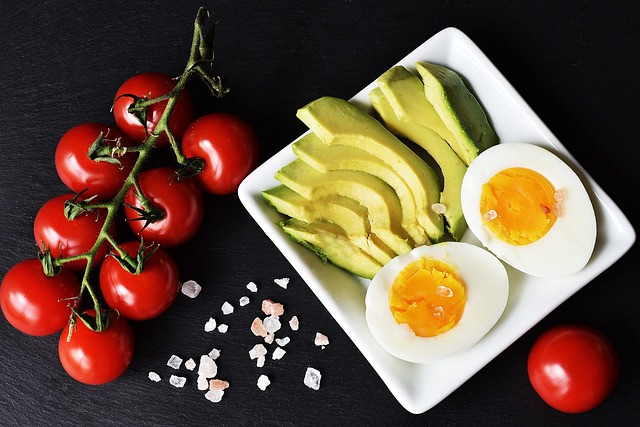Have you heard of the cyclic keto diet? It’s a variation on the standard keto diet that’s very popular today. The Keto diet has pretty stringent carb restriction requirements. It asks that you substitute carbohydrates with high fat and medium protein content as a source of energy. It doesn’t tell you to cut out carbs altogether, but it does restrict the types of carbs you can eat.
This seems to be a pretty inflexible diet, and some people find it hard to stick to it. It can also result in some unhealthy reactions including allergies in people who are finding it hard to adjust.
The cyclical ketogenic diet is designed to help the body adjust. This diet is considered a lite version of the keto diet. It helps the body gradually get itself to a point where it can survive, for the most part, without carbohydrates.
Let’s take a deeper look at the cyclical keto diet and how it can benefit you.
What is the Cyclical Ketogenic Diet?
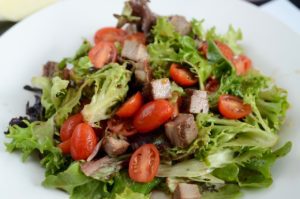
The keto diet is a high-fat, moderate protein, low-carb diet which reduces dependence on carbs. This reduces your carbohydrate intake to less than 50 grams of carbs per day. It puts your body into ketosis, which is when your body digests fat instead.
This makes the body burn the stored fat and produce chemicals called ketones. These act as alternate fuel sources for the body. As a result, the carbohydrates in your body, stored as fats, are reduced. This results in weight loss, an overall reduced blood sugar level and less dependency on carbs.
However, the cyclical keto diet allows you time to adjust to this diet. It allows you to take 1-2 “cheat days”, when you can increase your carbohydrate intake.
How Does the Cyclic Keto Diet Work?
This obviously results in cyclical ketosis, and is a slower process. However, it can give you better results, since it’s less likely to trigger stomach pain, mood swings, or any other physical or mental reactions.
The cheat days don’t mean that you can consume lots of cakes and sweets. They simply mean that you can eat certain clean carbs including strawberries or blueberries to make up for the low-carb days. Your body, essentially, gets a break from ketosis and you’re less likely to experience carbohydrate withdrawal symptoms.
Is the Cyclic Keto Diet the Same Thing as Carb Cycling?
No, they’re not the same thing. Carb cycling is basically cutting carbs on certain days. This means your overall diet is still chock full of complex carbohydrates. The cyclic ketogenic diet is the reverse. It lets you increase your grams of carbs certain days and transforms your overall diet to avoid complex carbohydrates.
Carb cycling is used to promote both weight loss and athletic performance. However, athletes usually burn through a lot of calories every day and need the extra carbs. Hence, certain athletes can’t adopt the keto diet at all.
Create Your Own Cyclic Keto Diet Meal Plan

There isn’t a standard set of rules here. You can decide to reduce carbs however much you want depending on your comfort level. Remember that the cyclic diet is simply to help you adjust to keto and not to satisfy your cravings. If you want a list of foods you can eat during the keto diet, you should check out this article.
You should limit your carb consumption to 1-2 days per week. Otherwise, you should stick to the standard keto diet on a weekly basis.
Standard Keto Diet (5-6 Days Per Week)
You should limit your carbohydrate intake to 50 grams per day. This means you should avoid any complex carbohydrates like bread and rice.
Options for Healthy Fats
Fats make up the vast majority of foods that you should eat during keto. However, you should opt for healthy fats found in natural foods and not fast food.
- Eggs (contain omega-3 fatty acids)
- Avocados
- Coconut Oil
- Unsweetened Coconuts
- Nut Butters
- Low-carb Nuts and Seeds
- MCT Oil
- Fatty Meats (Pork and Fish)
- Olive Oil
Options for Healthy Protein Foods
Proteins make up 10-30% of the keto diet. They’re essential for building muscles, creating new cells, and other processes in the human body. You should consume rich sources of protein foods like poultry, and cheese. These will give you enough protein to function and thrive on the keto diet.
Cyclic Keto Diet (1-2 Days Per Week)
The second phase of the cyclic diet should involve moderate carb meals to level out the rest of the week’s cravings. This means shifting to a low-fat diet for 2 days. You shouldn’t overfeed yourself, but carbs should comprise 60-70% of your diet on carb day.
Proteins and fats should comprise the second and third most important food groups on these days.
Don’t choose white bread or cupcakes or brownies to feed your sugar rush. Instead, try munching on clean carbs like leafy greens and certain fruits like blueberries.
Other sources of healthy carb meals include:
- Sprouted Brown Rice or Wild Rice
- Butternut Squash
- Steel Cut Oats
- Quinoa
- Beans and Lentils
- Sweet Potatoes
- Whole-wheat or brown-rice pasta
These sources of carbs aren’t just high in healthy carbohydrates, but also in vitamins, fibers, and minerals. This will help keep your blood sugar levels stable.
You should avoid soft drinks and high glucose fruit juices as well. Soda, and fast food is also off the table. These are simply high in sugar and contain little to no nutrients. This can do the opposite of the intended cyclic diet. It can make you feel irritable and hungry.
Try Intermittent Fasting to Return to Ketosis
After your high-carb day phase is over, you should try intermittent fasting. This will help you return to ketosis quickly. As a result, you can get back to the keto diet phase very quickly.
A very common fasting period 16 hours and then eat during the 8 hour window. If this is too extreme, then you should start with a 14 hour fasting period instead.
You are also advised to do some high-intensity exercise to achieve ketosis early after the high-carb day. This will also optimize muscle growth.
What are the Benefits of the Cyclical Ketogenic Diet?

As mentioned earlier, research on cyclic keto diets is very scarce. However, the little research available is quite promising. Keto diets are great at building lean body mass and may be better for building muscle and accelerating muscle growth.
- Low-carb diets like keto often suppress hormones like insulin. Since insulin levels regulate muscle growth by allowing amino acids and glucose into muscle cells, a cyclic diet is better in theory for muscle growth.
- The cyclic diet can actually boost performance for athletes in certain cases. A study comprising 29 elite race walkers has found that athletes benefited from periodic high carb intake. However, this study didn’t institute the cyclic keto diet specifically.
Nevertheless, the race walkers who received a high carb intake before high-intensity training sessions experienced very significant improvements in performance. - As mentioned above, the keto diet can result in some harsh side effects including mood swings and rashes. With the cyclic keto diet, it’s possible to reduce the severity of these side effects. Other symptoms found in people following the keto diet like nausea, headaches, constipation, and weakness can also be reduced.
- The cyclic keto diet can also add more fiber to your diet. Since it gives preference to carbohydrates which have more fiber content, it can actually help you avoid things like constipation, and improve digestion. Cyclic variations of the keto diet do this better since it can help the transition get easier.
- Finally, the cyclical ketogenic diet is much easier to stick to. You may find that transitioning to the keto diet takes a toll on your physical and mental health. With the cyclical keto diet, this is taken down a notch. You can adjust at your own pace, and still reap the benefits of ketosis.
What are the Downsides of the Cyclical Ketogenic Diet?
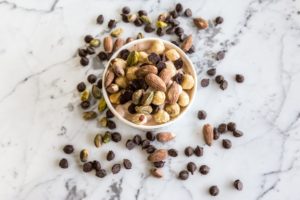
As mentioned earlier, there is scant research on the topic, but there are certain downsides to cyclic keto. For instance:
- People may find it tempting to eat too many carbohydrates on cheat days. This will encourage overfeeding and can wipe away gains that you’ve made over the week.
- You can get dehydrated, as you get with the standard keto diet.
- Transitioning from a standard to cylic keto diet can result in weight gain due to excess water. This is due to consuming high-carb foods which contain more water weight than fatty foods or protein foods.
In conclusion, the cyclic diet is simply for adjustment. It may not have all the benefits of the keto diet, yet it does help first timers or beginners adjust better.
You shouldn’t rely on the cyclic diet to give you all the benefits of the standard diet. Simply shifting to it so that you get the purported benefits like better athletic performance is not advised. You should stick to normal keto if you don’t experience any side effects.
